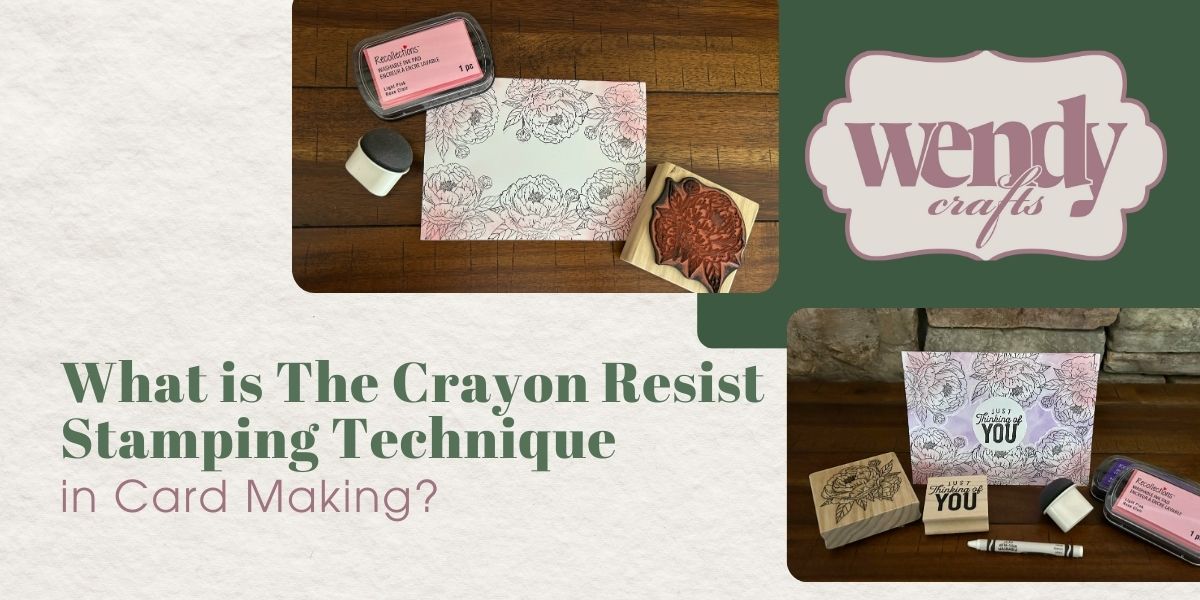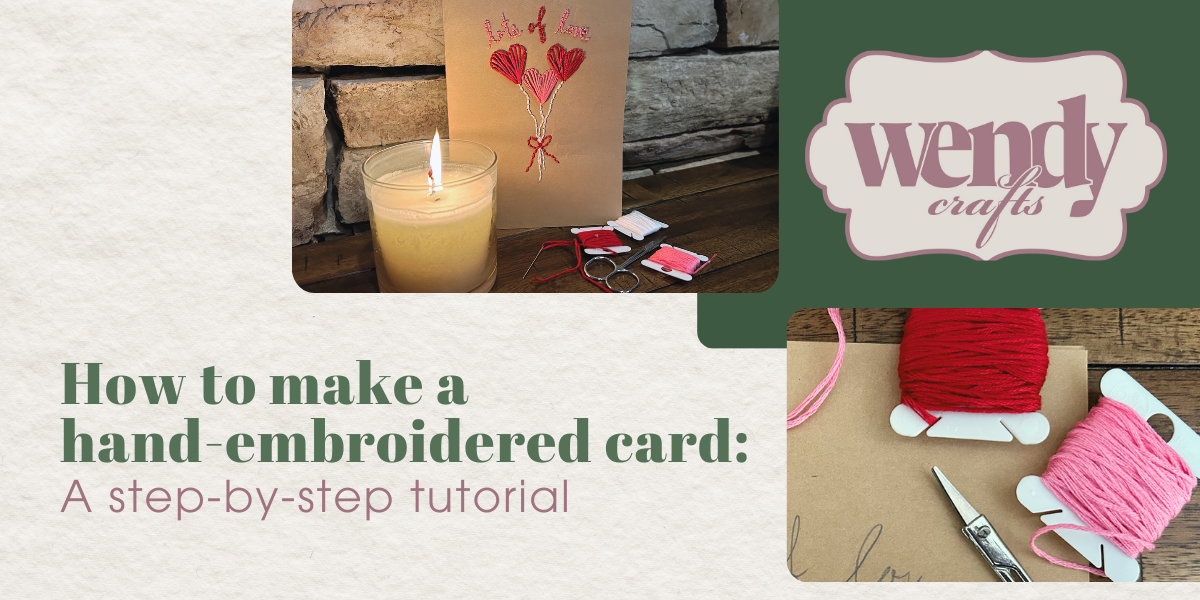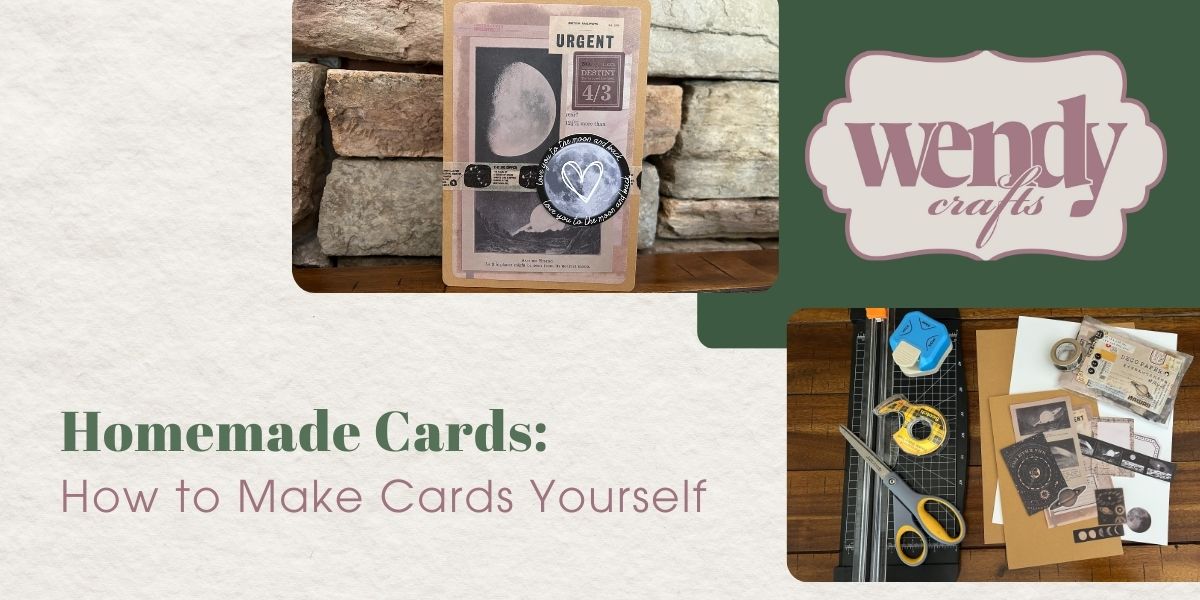Want to add a bit of magic to your handmade cards? The crayon resist stamping technique is a beautiful way to create unique designs that will impress your friends and family. By combining the simplicity of stamping with ink or watercolor paint, you can unlock a world of creative possibilities.
At Wendy Crafts, I’m passionate about helping you discover the joy of handmade crafting. Whether you’re an expert card maker or someone who is new to crafting, the crayon resist stamping technique is easy to learn and offers endless opportunities for customization.
So grab your supplies, and I’ll walk you through everything you need to know to master this fun and versatile technique!
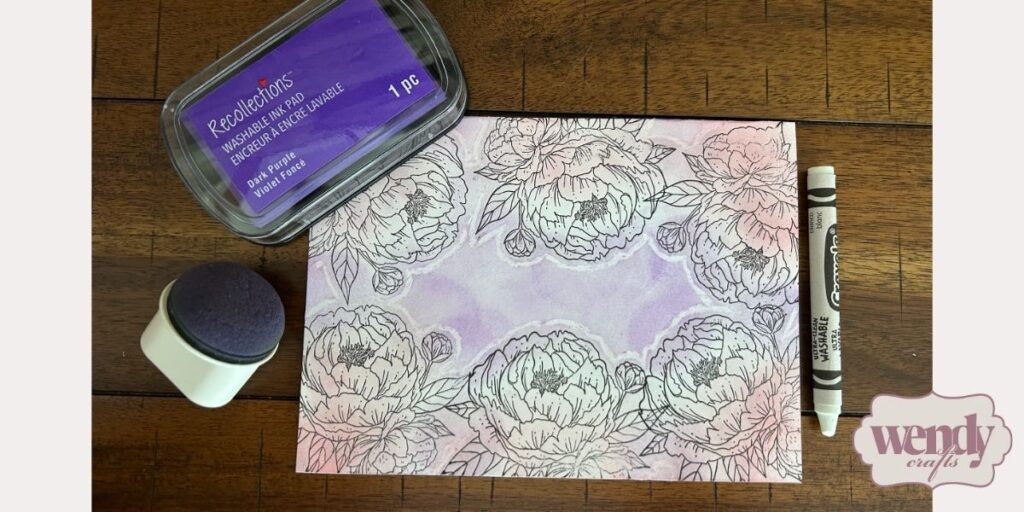
What is the Crayon Resist Technique?
The crayon resist technique is a simple yet clever art method that relies on the basic principle that oil and water don’t mix. Crayons are made of wax, an oil-based material. When you apply water-based media, like ink or watercolor paint, over the crayon, the wax repels the water, creating a “resist” effect.
The resist between the oil and water materials leaves behind a beautiful, textured design on the areas where the crayon was applied.
The beauty of crayon resist art lies in its versatility. Depending on the type of crayons, colors, and application techniques used, you can create effects that range from subtle to “wow!”
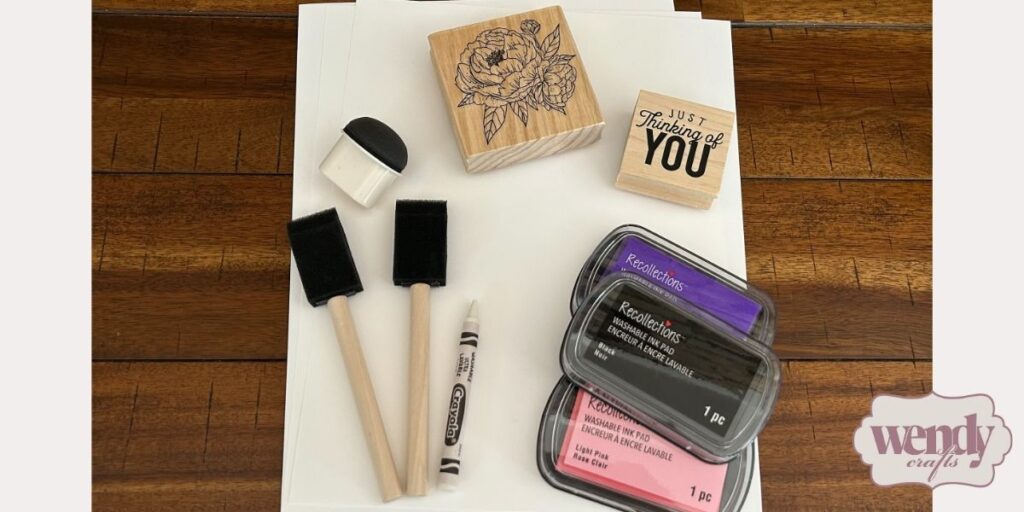
Materials Needed for Crayon Resist Stamping
Before you can jump into using the crayon resist stamping technique on your homemade card, you need to gather some supplies. You may even have some of these things at home already! Here’s what you’ll need:
- Cardstock: A sturdy cardstock that can handle water-based media without buckling is best.
- Crayons: Wax crayons or watercolor crayons work well for this technique.
- Stamps: Rubber stamps, clear stamps, and even household items can be used for stamping.
- Ink Pads: Any stamping ink pads will work, but permanent ink is less likely to smudge.
- Watercolors, Inks, or Dyes: Choose your preferred water-based media for adding color to your stamped image.
- Brushes and Sponges: Soft brushes and art sponges are ideal for applying your water-based media.
- Heat Tool (Optional): A heat tool can speed up the drying process.
- Other Embellishments (Optional): Add extra flair to your cards with embellishments like glitter, sequins, or die cuts.

Steps for the Crayon Resist Stamping Technique
Now that you have your crayon resist card supplies ready, you can get started! Follow this step-by-step crayon resist stamping tutorial to make your own crayon resist stamped cards:
- Prepare your cardstock: Cut your cardstock to the desired size and fold it in half to create your card base (you can also add some watercolor or ink in this stage for the background).
- Stamp the image: Press the inked stamp firmly onto the cardstock, ensuring good contact to transfer the design.
- Apply crayon to cardstock: Experiment with different crayon application techniques, like coloring in a solid block, creating patterns, or using a light touch for a subtle effect.
- Apply watercolor, ink, or dye: Use a sponge or brush to lightly apply and rub in your water-based media, make sure you go over the crayon areas.
- Allow to dry: Let your card air dry completely, or you can speed up the process by using a heat tool like a hair dryer.
- Add optional embellishments: Once the card is dry, enhance it with embellishments like glitter, sequins, or die cuts to add extra dimension and personality.
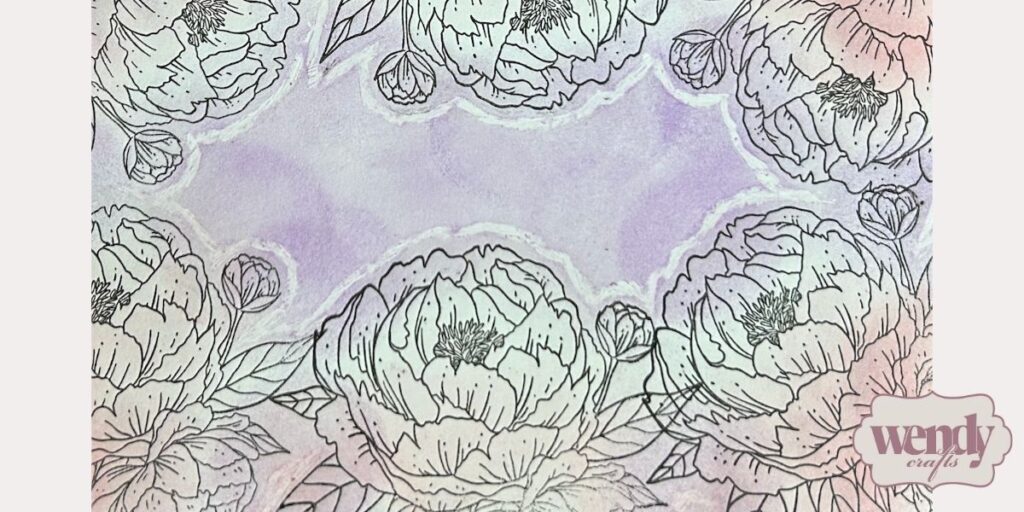
Tips and Tricks for the Best Results
It can take a few practice runs to master the crayon resist stamping technique. So, here are some tips to help you get clean and vibrant results:
- Apply crayon evenly: For a smooth resist effect, be sure the crayon is applied evenly to the cardstock. You might need to draw on multiple layers to make thick lines.
- Control water for watercolors: Use minimal water and lightly apply watercolor to avoid oversaturating the paper and bleeding into the crayon areas. You should also use minimal water.
- Experiment with color combinations: For colorful, eye-catching results, try combining cool (purples, blues, and greens) or warm (reds, oranges, and yellows) colors.
- Unique backgrounds with crayon resist spray bottle painting: Create interesting backgrounds by spraying diluted watercolor over crayon drawings or patterns using a spray bottle. This will give your card a splatter effect.
- Use white crayon for highlights: If you want bright highlights, use a white crayon. It works on both light and dark cardstock, but it’s a little difficult to see what you’re drawing on white cardstock.
- Scratch the crayon off if needed: If you use white crayon, sometimes the water-based media will sit on top of it. After the media dries, you’ll simply need to scratch the crayon wax off to reveal your design.
- Clean your stamps thoroughly: Crayon residue can build up on your stamps, especially if you’re layering. Clean your stamps with a stamp cleaner or even a damp paper towel.

Ideas for Crayon Resist Cards
The crayon resist stamping technique opens up a world of creative possibilities for card making. One way to explore this technique is to create beautiful backgrounds with simple crayon shapes. For a whimsical effect, use stripes, dots, or swirls.
You can create original cards for specific occasions, such as birthdays or holidays, using stamps and colors that match the theme. For example, you could create a birthday card with brightly colored balloons or a Christmas card with festive red and green trees.
Embellishments and Mixed Media
Don’t be afraid to combine crayon resist with other card-making techniques. Pair it with embossing, die-cutting, or stenciling for added depth and dimension. Layering these techniques creates unique and intricate designs.
It’s also helpful to look for inspiration online or in card-making magazines to discover different ways to use the crayon resist technique. You’ll find endless possibilities, from simple cards to elaborate mixed-media crafts.
Can I Use This Technique in Art?
Crayon resist isn’t limited to card making! You can use this technique for general crayon resist paintings. Just use smooth, thick paper, like bristol board or even watercolor paper, so it doesn’t get soggy when the crayon and watercolor resist. Watercolor paints can oversaturate thin paper and cause it to rip easily.
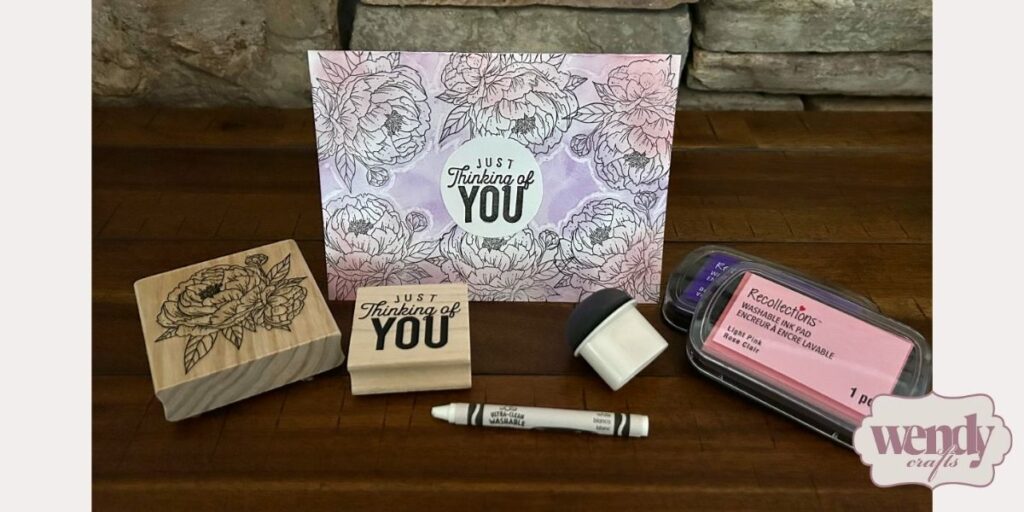
Ready to Try Crayon Resist Stamping?
The crayon resist stamping technique is a great way to add a simple yet personal touch to your handmade cards. It’s a versatile technique that’s easy to learn and opens the door to new forms of creativity. Start creating your own stunning crayon resist cards today!
If you used this tutorial, I’d love to see your creations! Share your crayon resist cards with me on social media using the hashtag #WendyCrafts, and be sure to check out my other blog posts for more crafting inspiration and tutorials.
